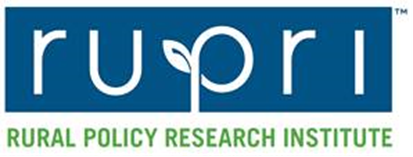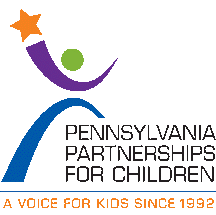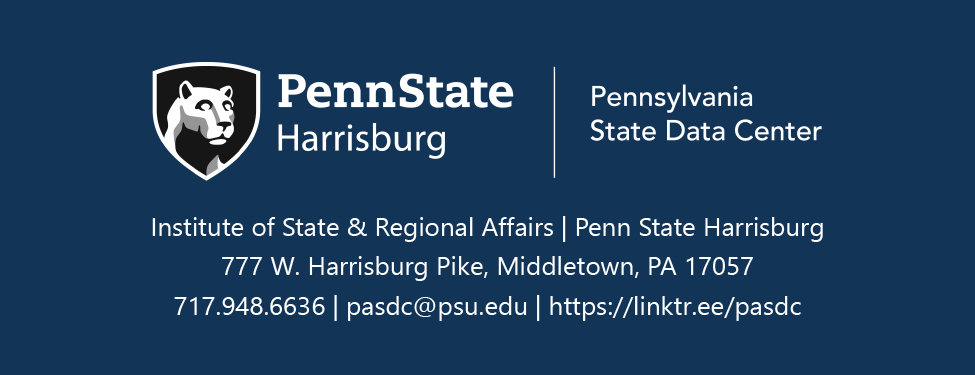As the federal government in the coming weeks prepares to announce the allocation of funding to expand broadband internet infrastructure in every state, a service-availability mapping project led by Penn State Extension is likely to play a key role in securing tens of millions of dollars or more in additional investment for Pennsylvania.
In November 2022, the Pennsylvania Broadband Development Authority announced a contract with Penn State Extension to develop and update state broadband maps to enable the commonwealth to maximize its federal funding allocation for high-speed internet expansion under the Infrastructure Investment and Jobs Act.
Determining internet service availability across Pennsylvania is a critical factor in calculating the state’s portion of the $42.5 billion available through the act’s Broadband Equity, Access and Deployment program. Rules for the program call for the funding to be allocated based, in large part, on each state’s percentage of unserved locations, as identified by updated Federal Communications Commission broadband maps.
Under the Broadband Development Authority contract, Penn State Extension educators developed public broadband spatial analysis and mapping tools; evaluated the accuracy of industry-provided data to inform the state’s process of challenging discrepancies in FCC maps of broadband service availability; and provided analyses to help state and local officials estimate the cost of projects to deploy fiber-optic cable for high-speed internet delivery.
James Ladlee, state program leader for Penn State Extension’s Emerging and Advanced Technology Initiative, explained that this work helped the authority to identify more than 50,000 Pennsylvania locations that were incorrectly reported as having access to high-speed internet and to submit challenges to the FCC by the Jan. 13 deadline.
“So far, more than 28,000 of those challenges have been accepted, with several thousand still pending,” Ladlee said. “Each successful service-availability challenge is expected to positively influence Pennsylvania’s share of this investment, pushing the value of this work to, conservatively, tens of millions in additional broadband funding likely secured for the commonwealth.”
According to Ladlee, the authority’s partnership with Penn State Extension helped Pennsylvania submit the third most individual service-availability challenges among states nationwide.
Ladlee noted that Extension previously worked in partnership with the state Public Utility Commission on mapping tools that helped the state obtain almost $369 million in broadband funding under a different federal program, which is expected to enable up to 327,000 Pennsylvanians to gain high-speed internet access. He pointed out that improving the state’s broadband map is an ongoing effort that will help ensure accurate and equitable distribution of resources in the future.
“While the map we developed for the authority will never be done, it’s an excellent start to help Pennsylvania identify areas for further review through the upcoming state challenge process, which is required after the federal funding is awarded,” he said.
Rick Roush, dean of Penn State’s College of Agricultural Sciences — under which Penn State Extension is administered — said enhancing broadband infrastructure is critical for the future of agricultural research, educational program delivery, medical and veterinary telehealth, business development across the food system, and career and workforce development. He said Extension’s contribution to this initiative is consistent with the college’s legacy of advancing technology that benefits the state’s agriculture, communities and citizens.
“Robust broadband deployment represents an opportunity to develop and adopt the next generation of innovative technologies that use connected digital infrastructure to help improve efficiency and sustainability and support Pennsylvania’s economy,” he said. “The college is proud to partner with the Broadband Development Authority to expand broadband funding across the commonwealth, and we look forward to helping improve high-speed internet availability and technological advancement even further in the future.”


 Lannette Fetzer, quality improvement coordinator and certified AgriSafe Nurse Scholar in the
Lannette Fetzer, quality improvement coordinator and certified AgriSafe Nurse Scholar in the 




